| Vintage Pulp | Sep 5 2022 |

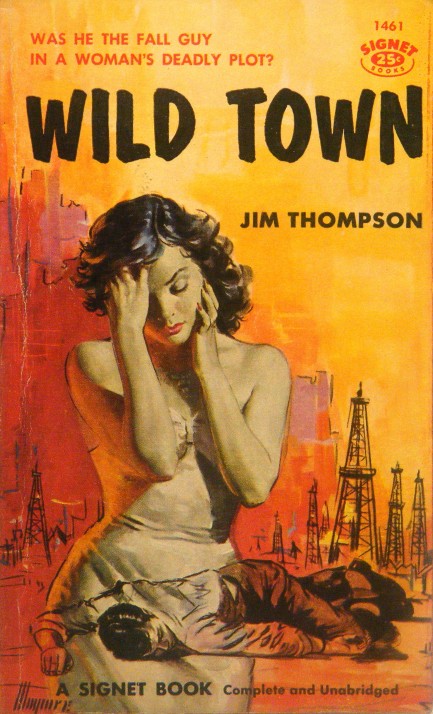
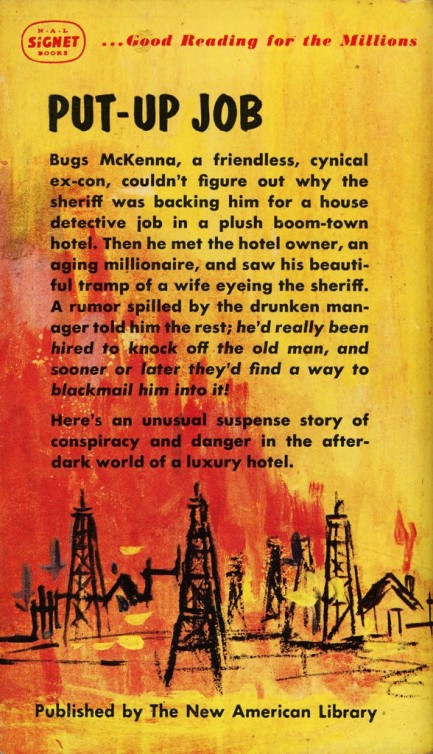 Robert Maguire handled the cover work on this edition of Jim Thompson's Wild Town, which hit book racks in 1957. The pricing on this varies greatly. All we can say is please don't pay $450.00 for it, like one vendor was recently asking. We got ours—the same edition—for $15.
Robert Maguire handled the cover work on this edition of Jim Thompson's Wild Town, which hit book racks in 1957. The pricing on this varies greatly. All we can say is please don't pay $450.00 for it, like one vendor was recently asking. We got ours—the same edition—for $15.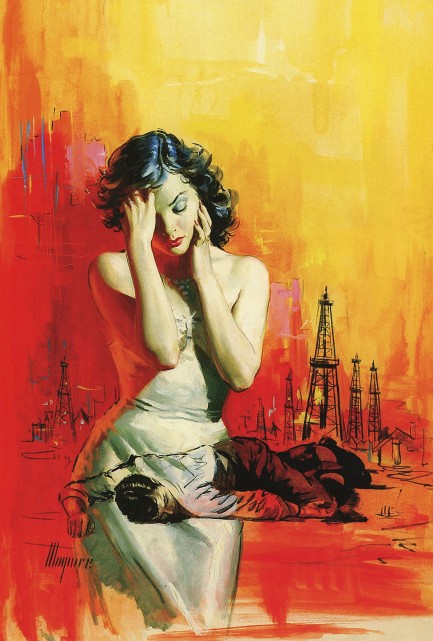
| Vintage Pulp | Jan 26 2021 |

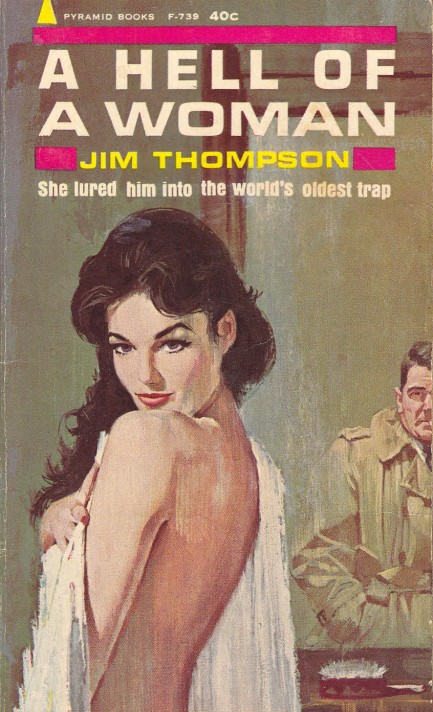
| Vintage Pulp | Jun 18 2019 |

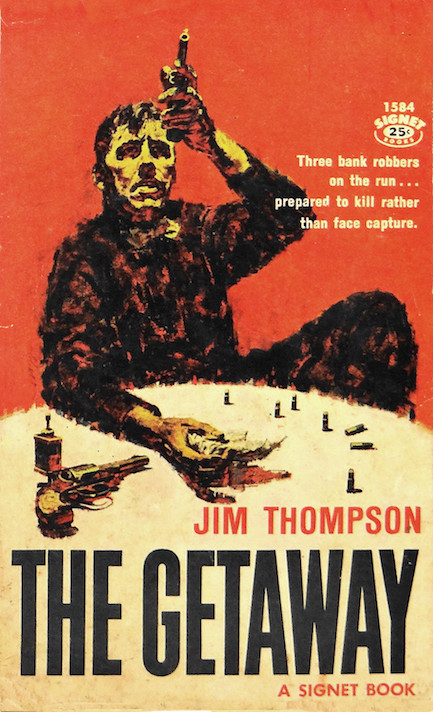
You really can't go wrong with Thompson. While The Getaway is perhaps not as top flight as Pop. 1280 or some of his other books, it's still one to fit into your reading schedule at some point. It was originally published in 1958, and the above edition came from Signet in 1959 and features a nice orange cover from the incomparable Bob Abbett. If you're interested in seeing him at his best, check the small cover collection we put together here.
| Vintage Pulp | Nov 10 2017 |

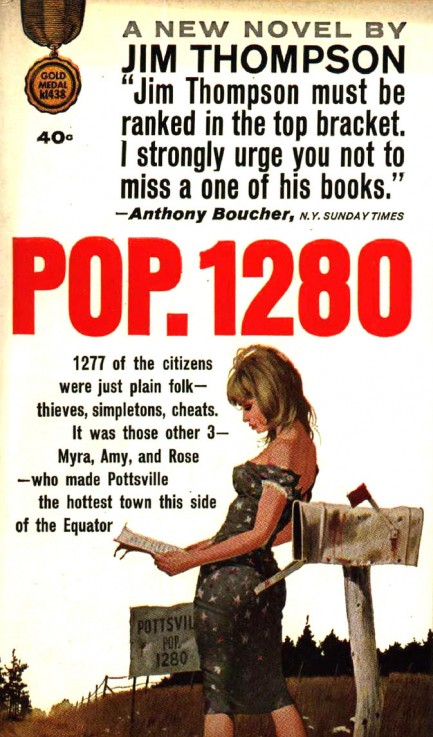
“Pre-zactly!" Ken said. “So I'll tell you what to do about them pimps. The next time they even look like they're goin' to sass you, you just kick 'em in the balls as hard as you can.”
“Pshaw. 'Course it don't hurt. Not if you're wearing a good pair o' boots.”
“I mean, wouldn't it hurt the pimps?”
Once we're immersed in this chaw-and-cornbread milieu, one character emerges to be considerably more cunning than the others. The aphorism applies again. Though he doesn't consider himself to be smart, somehow he's more than up to the task of conniving his way through multiple nefarious schemes to reach his ultimate goals, which consist of getting laid and not working too hard as sheriff.
The book is set during the Great Depression and its portrait of man-woman and white-black relations is both horrifying and hilarious. Thompson's approach is partly satirical, but the actual ideas espoused by his characters are deadly serious, as well as historically grounded, such as in a conversation about whether the county's black residents have souls. The consensus is they don't. Why? Because they aren't really people.
It's a pointed commentary on the distant Jim Crow south, yet the very same question of black humanness festers at the core of America's 2017 problems. If you doubt it ask yourself how the same observers who have limitless sympathy for a white rancher shot after initiating a standoff with federal lawmen somehow have none for unarmed black men shot in the back, or why rich white ranchers who refuse to pay their federal grazing fees are perceived as persecuted, while a poor black man trying to survive by selling loose cigarettes is not.
Critic Stephen Marche once described Pop. 1280 as “preposterously upsetting,” which is as apt a description as we can imagine. The idea of who's really human, what is sexual consent, what are the obligations of lawmen, and what is evil are played for laughs by Thompson, but always with an incisive twist that lets you know where
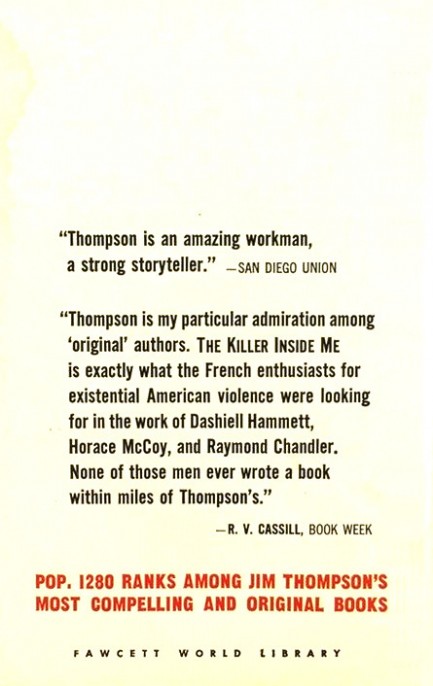 his sympathies lie. Yet as shocking as the book is to read, it's addictive and consistently entertaining, particularly when various characters dispense their tabacky soaked wisdom…
his sympathies lie. Yet as shocking as the book is to read, it's addictive and consistently entertaining, particularly when various characters dispense their tabacky soaked wisdom…… about women: “I'd been chasing females all my life, not paying no mind to the fact that whatever's got tail at one end has teeth at the other, and now I was getting chomped on.”
... about the mentally challenged: “You probably ain't got as long a dingle-dangle as him—they tell me them idjits are hung like a stud hoss.”
… about learning: “I mean I caught him reading a book, that's what! Yes sir, I caught him red-handed. Oh, he claimed he was only lookin' at the pitchers, but I knew he was lyin'.”
We recommend Pop. 1280 highly. The Gold Medal paperback you see above with its Robert McGinnis cover art is expensive, but numerous later printings are available at reasonable prices. Just go into the reading with your psyche girded. You'll root for the main character Nick Corey, but he's merely one of the most charming bad apples in a town that's rife with rot. That rot leads to the reliable pulp staples of adultery, betrayal, and murder many times over, but in the most unique and enjoyable way.
| Vintage Pulp | Jun 5 2017 |


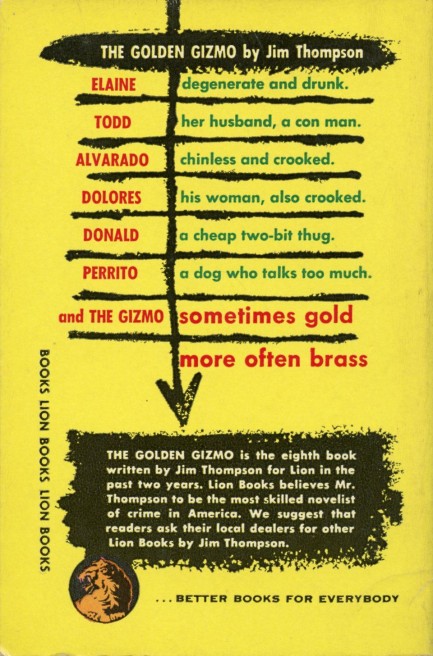
The cover for this Lion Books edition of Jim Thompson's The Golden Gizmo is as quirky as Thompson's prose. The title of the book has a double meaning. A gizmo is a special ability, a gift. If you had a sense for knowing when someone was bluffing at poker, you'd say, “My gizmo told me he had nothing.” Or if you had a knack for meeting beautiful women, you'd say, “My gizmo kicked in as soon as I walked into the party.” The main character's gizmo is the ability to sniff out scenarios that lead to profit, which comes in handy in his work as a freelance gold buyer. But there's a literal gizmo here as well—a priceless gold watch that he steals by accident. In the end both gizmos cause him no end of trouble, and the question is whether he can get out with his hide intact. The story is enlivened by the main character's fiery alcoholic femme fatale wife Elaine. Strange, but pretty good. The strikingly pretty cover art is uncredited, sadly.
| Vintage Pulp | Aug 12 2016 |

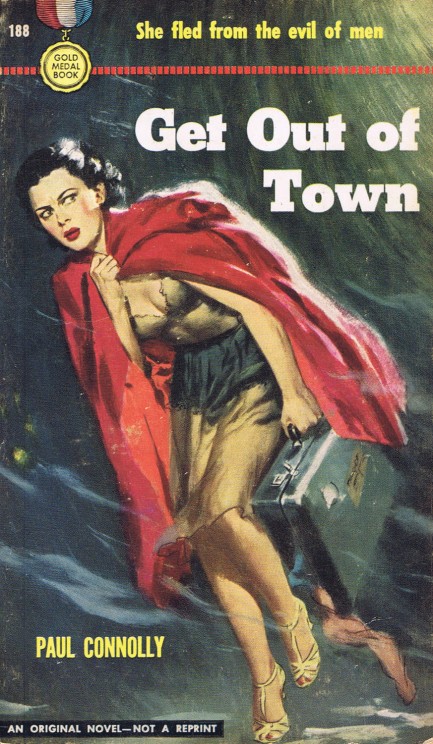
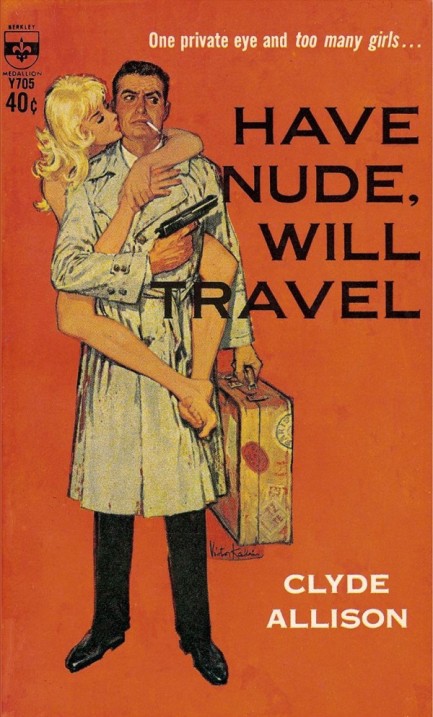
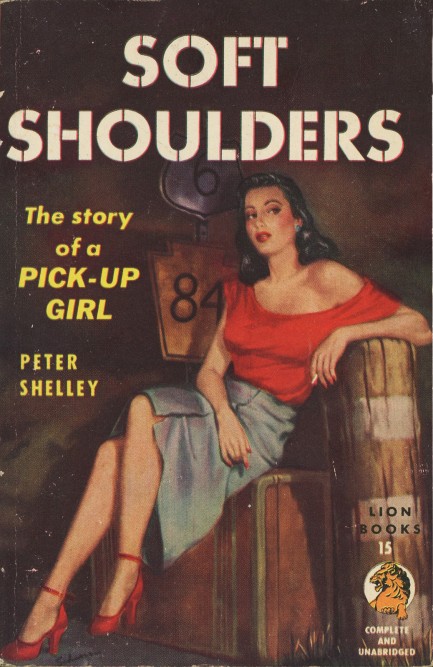
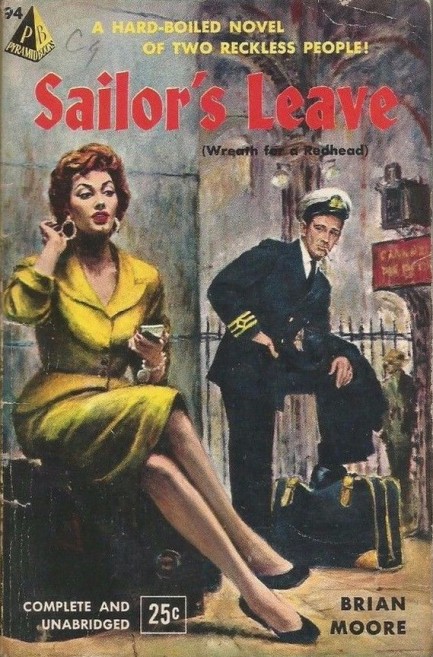
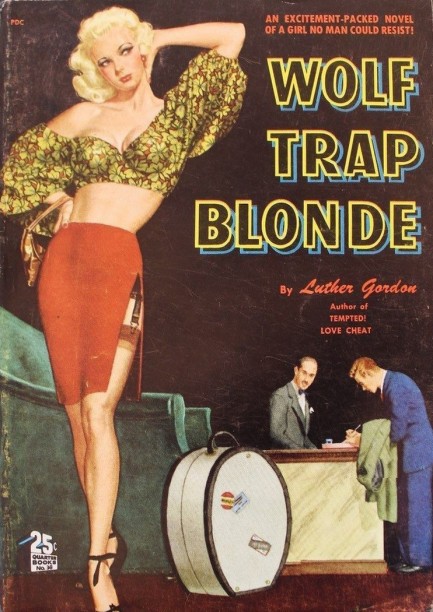
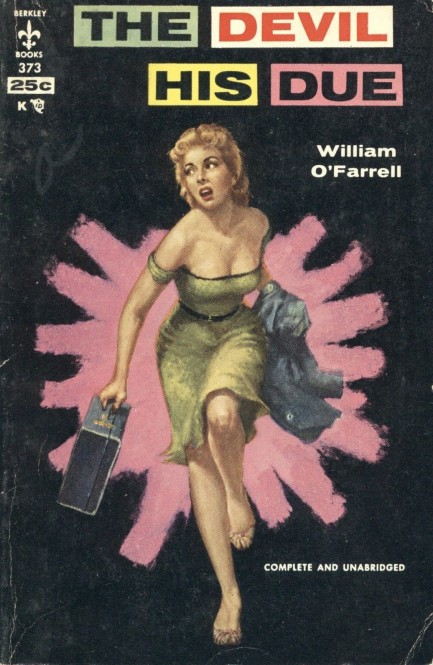
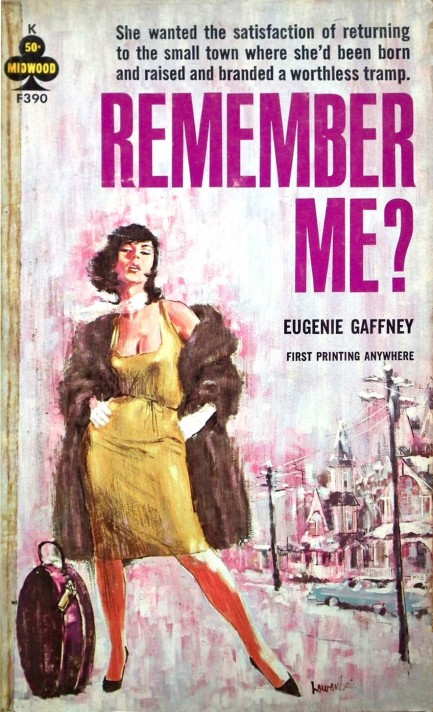
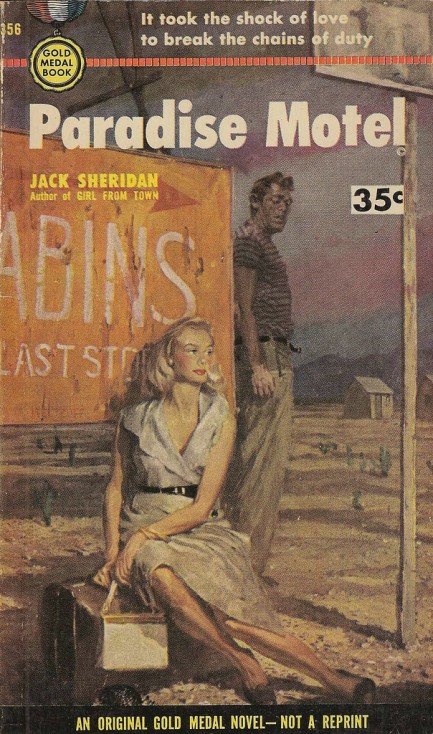
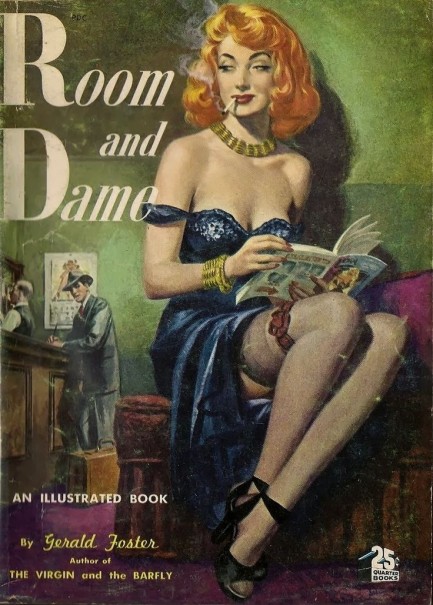
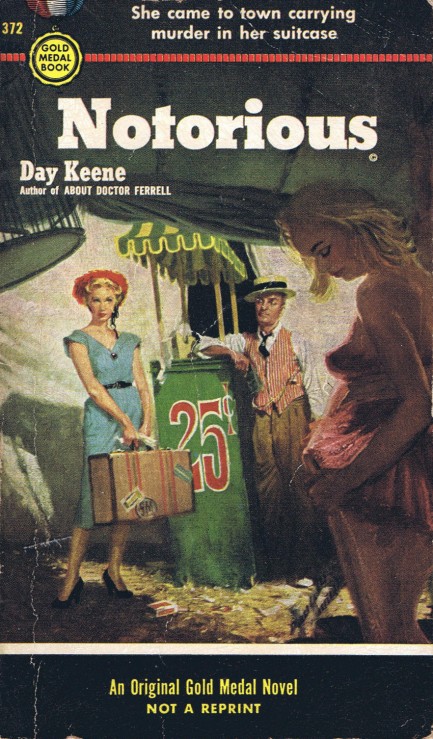
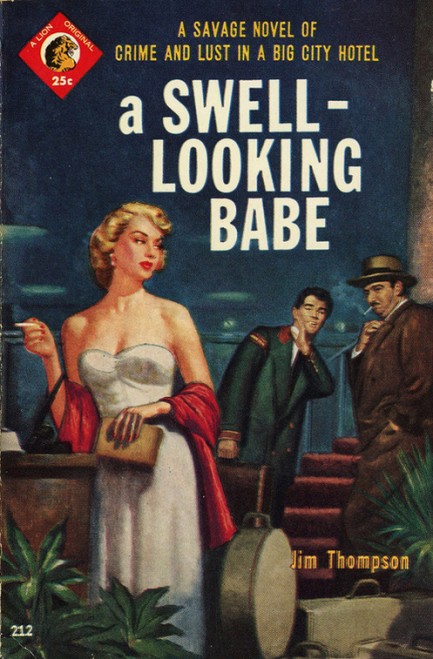
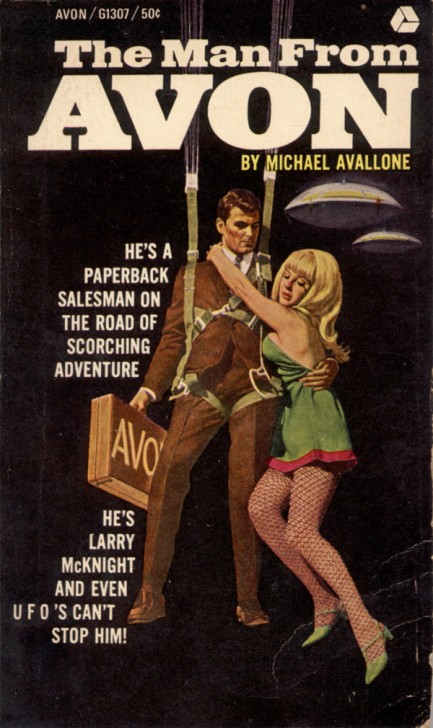
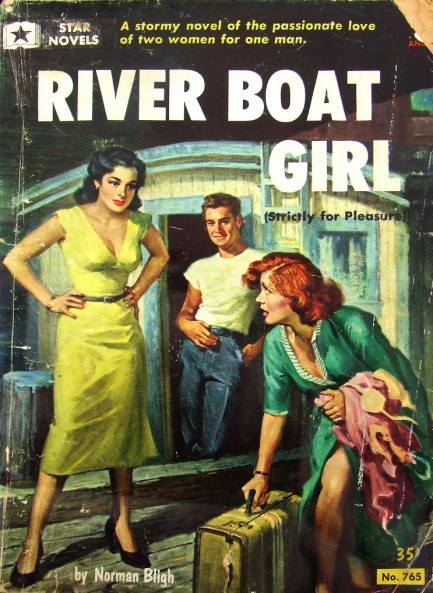
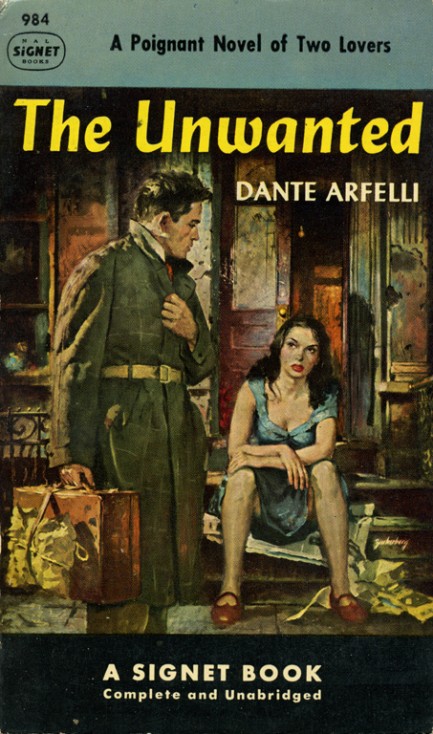
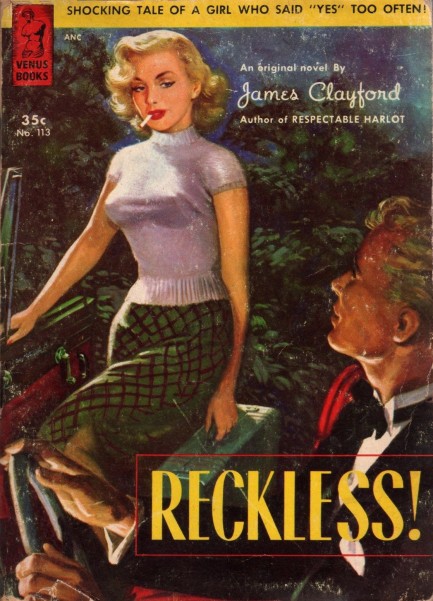
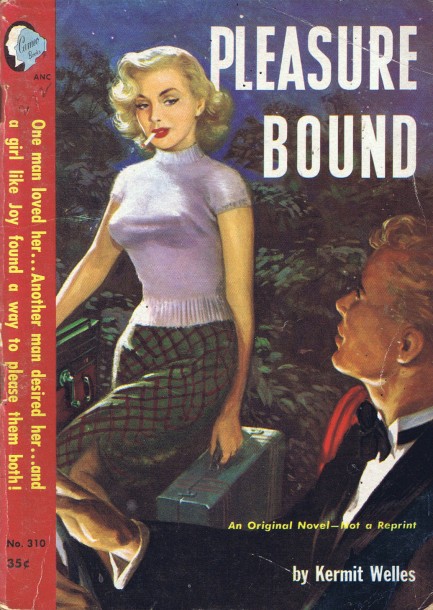
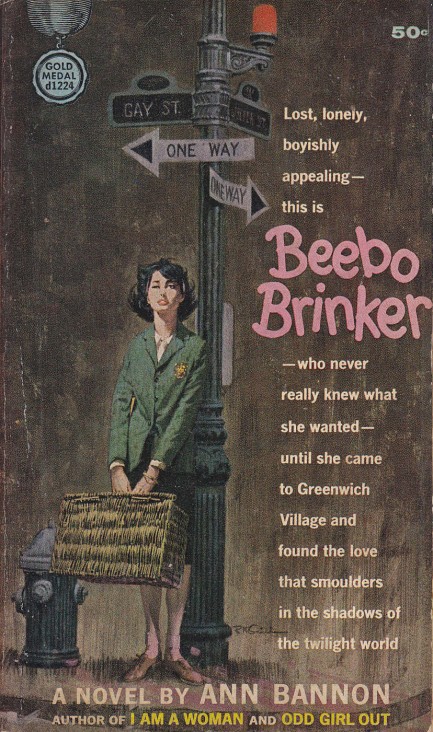
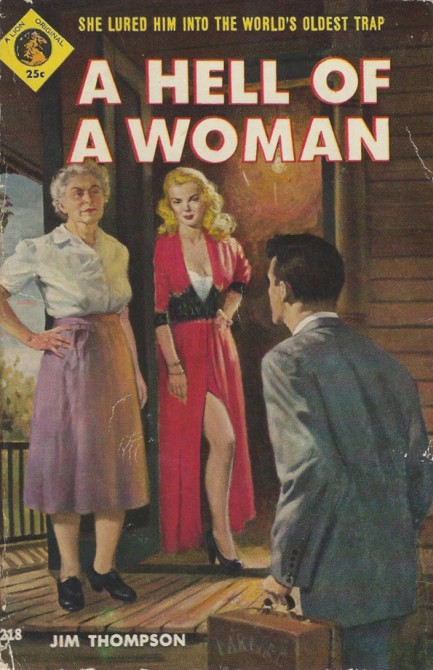
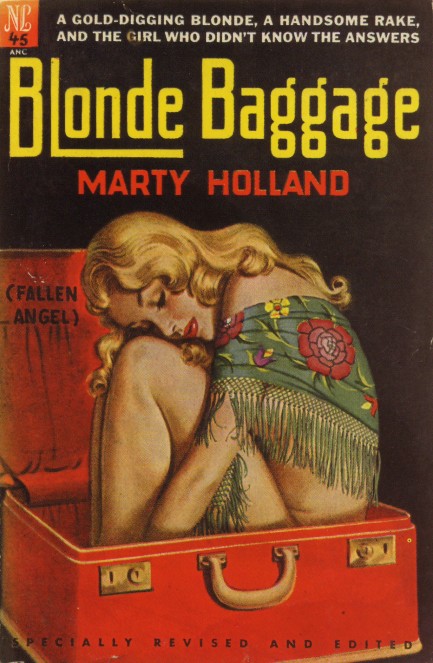
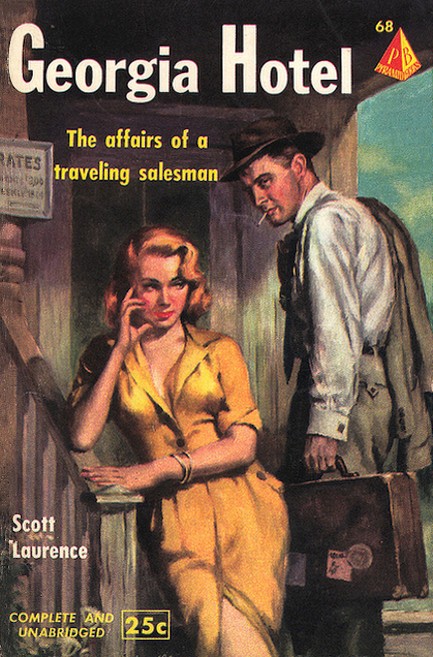
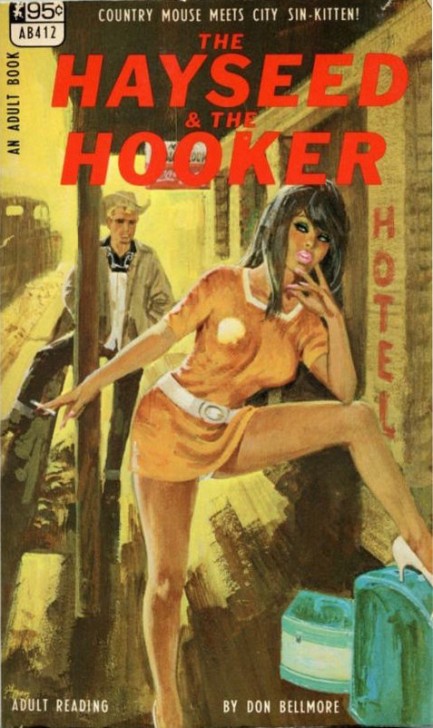
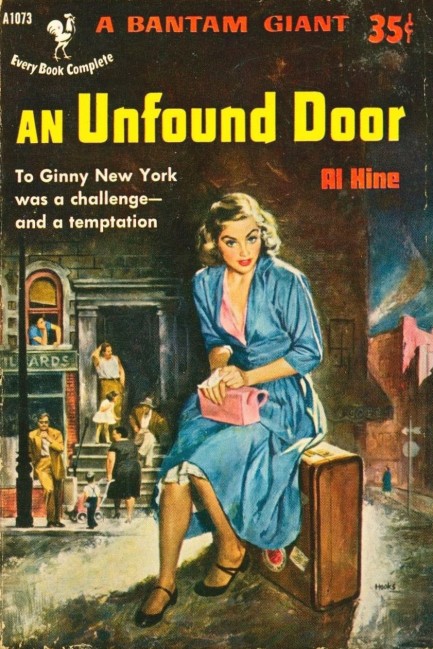
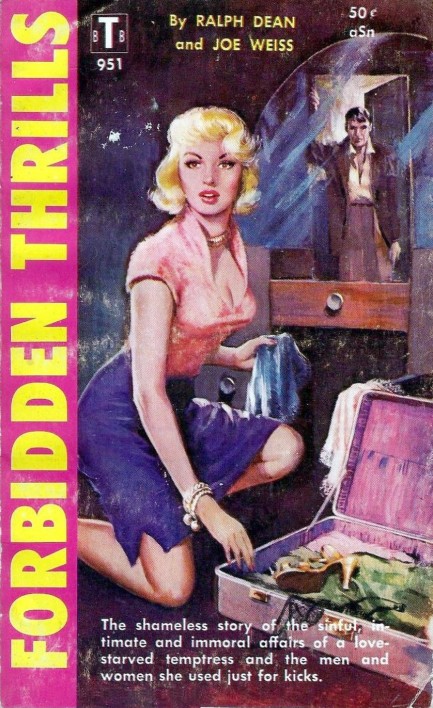
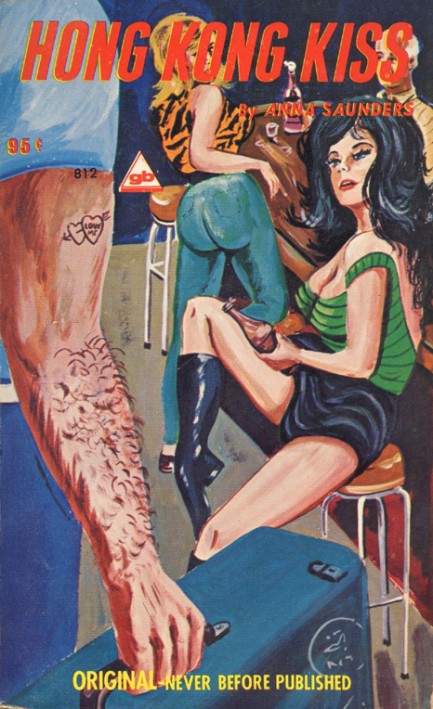
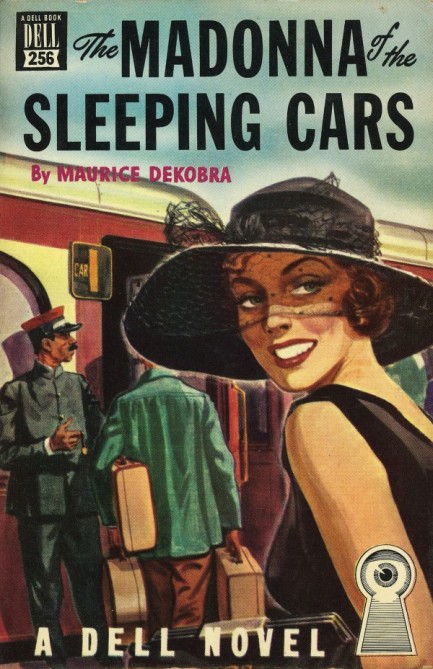
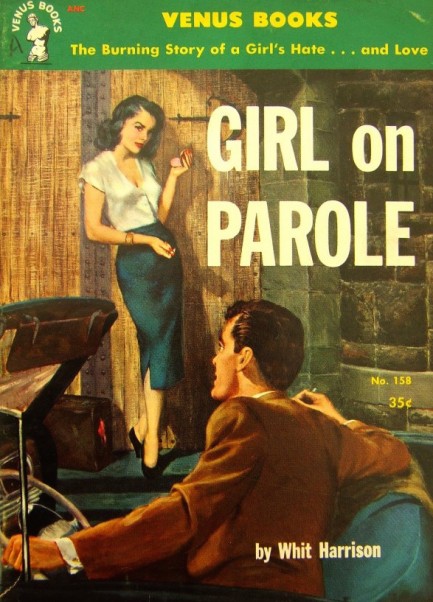
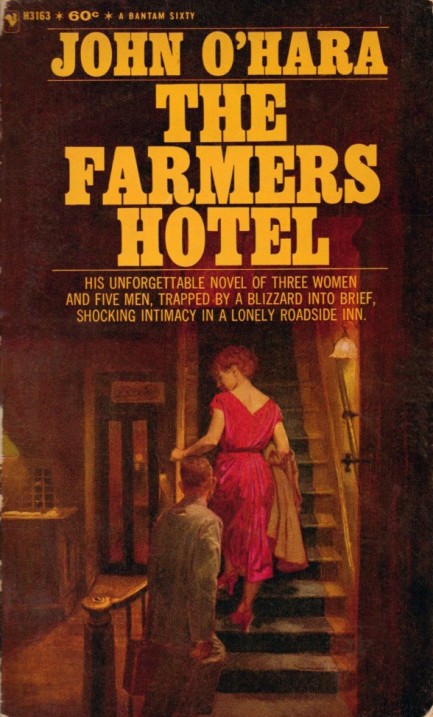
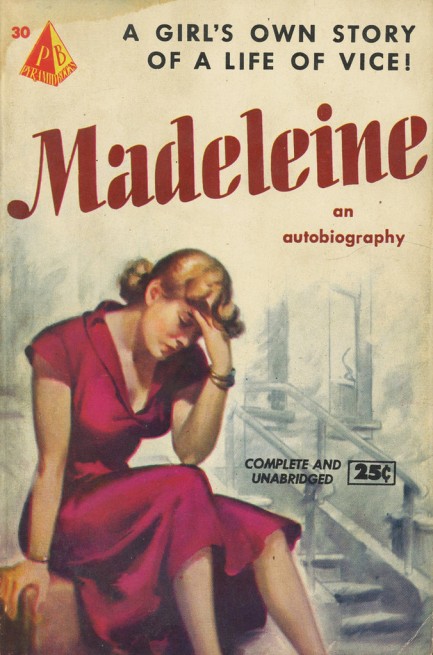
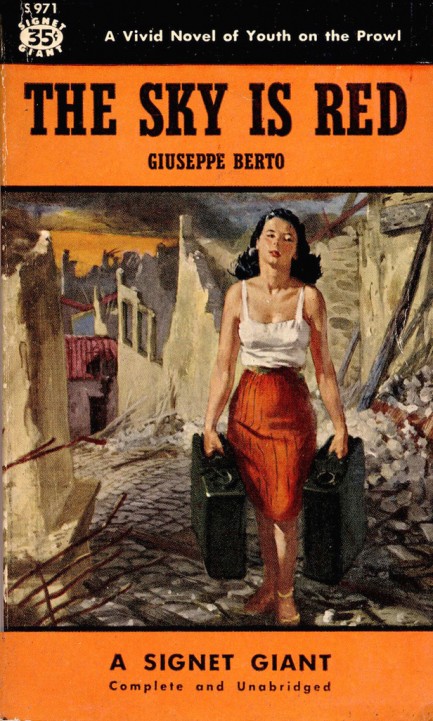
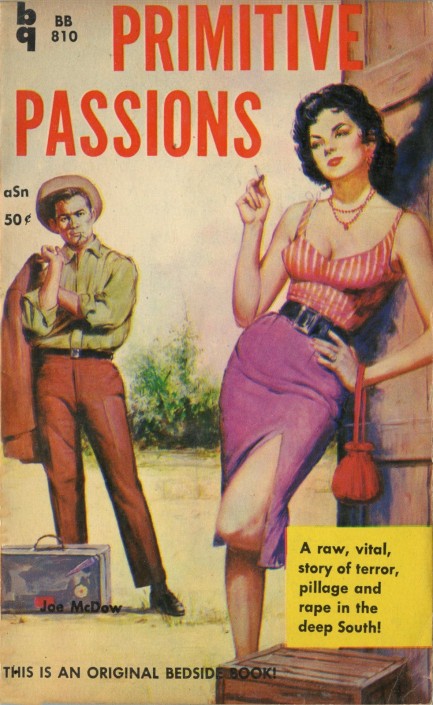
| Vintage Pulp | Sep 19 2015 |

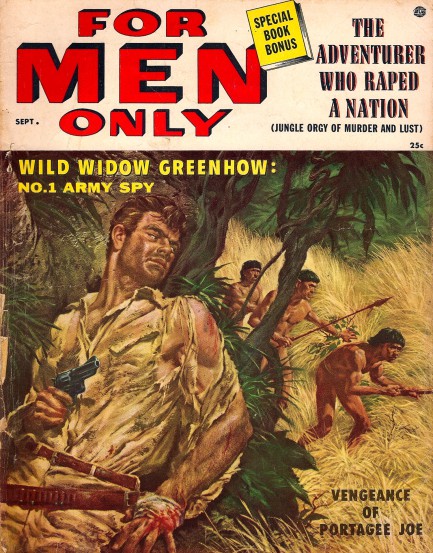
For Men Only was launched in New York City by Canam Publishers Sales Corp., but changed ownership several times over the years, and was even acquired at one point by pulp kingpin Martin Goodman. This particular issue is from September 1956 and contains art from Rudolph Belarski, Frank Cozzarrelli, Elliot Means, Ben Thomas, Victor Olson, and Ken Crook. Actually, it’s a miracle all the art is credited. It doesn’t happen as often as it should in these magazines. The stories accompanying those art pieces range from espionage to wilderness adventure, including non-fiction from Jim Thompson about “America’s first murderer,” a man named John Billington who came to the New World on the Mayflower. After making trouble for years in Plymouth Colony, he was finally hanged for the slaying of John Newcomen. We checked, and Billington did in fact exist. His execution in September 1630 was the first of a colonist—but certainly not the last.
And another story caught our eye. It discusses an incident on the set of an Italian movie in which a wolf got loose and tried to attack actress Silvana Mangano. According to For Men Only, co-star Guido Celano rushed the wolf, grabbed it and threw it into the air, whereupon a rifle-toting crew member nailed it like he was skeet shooting. We’re calling bullshit on that one. A while back we wrote an article about guaranteed hunt farms and were able to see some rescued gray wolves up close. They’re big—about three feet high. European wolves are even bigger. No movie production would use one. Also, we don’t picture fifty-two-year-old, five foot three Guido Celano heaving a wolf into the air like a sack of laundry. No, it was just a dog—a German Shepherd, looks like. But it’s a good story, appropriate publicity for a movie—Uomini e lupi, aka Men and Wolves—that was still months from its premiere. We have about twenty scans below and an inexhaustible supply of magazines still to share.
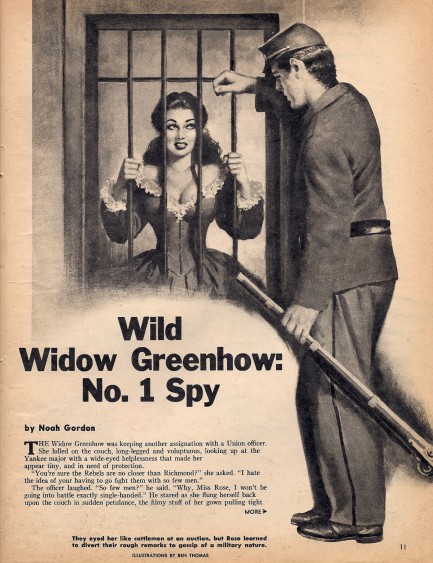
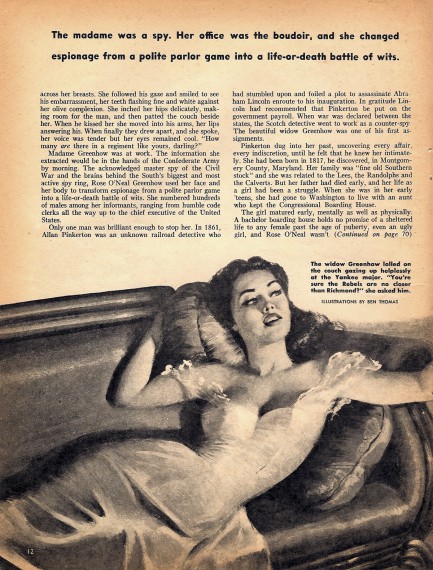
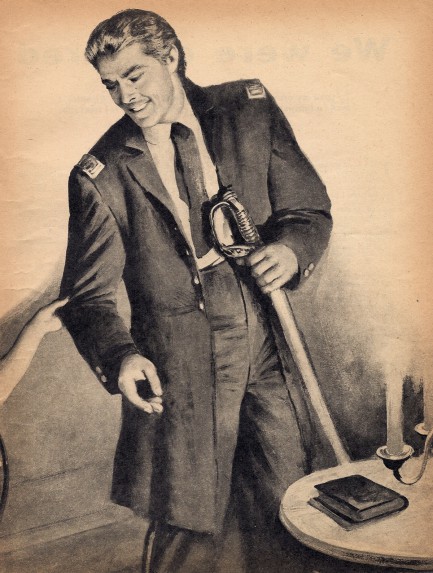
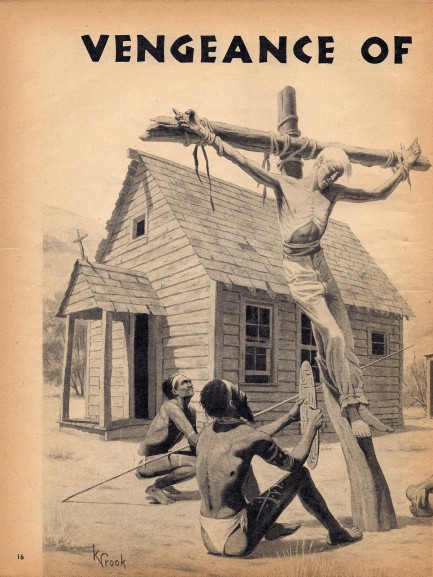
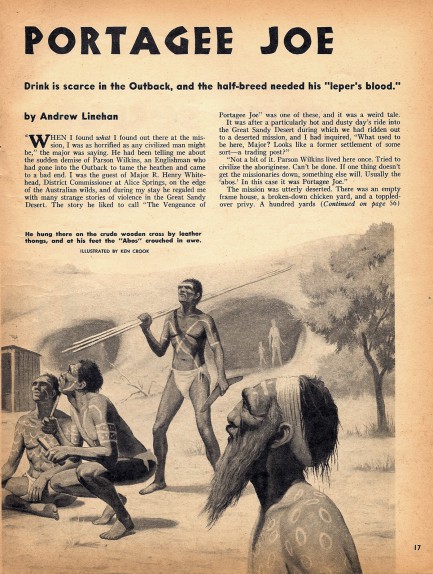
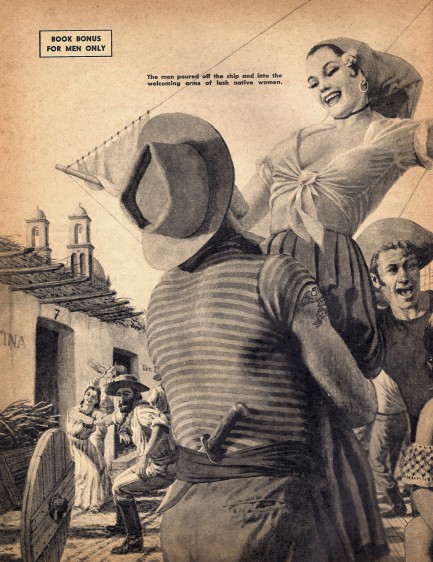
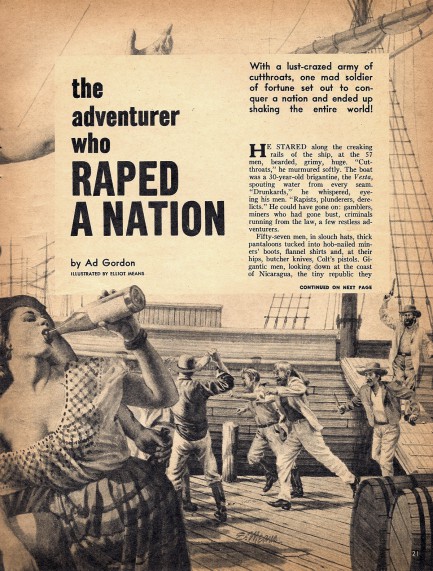
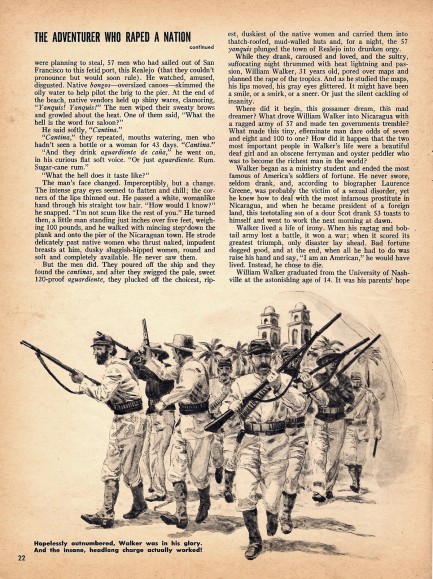
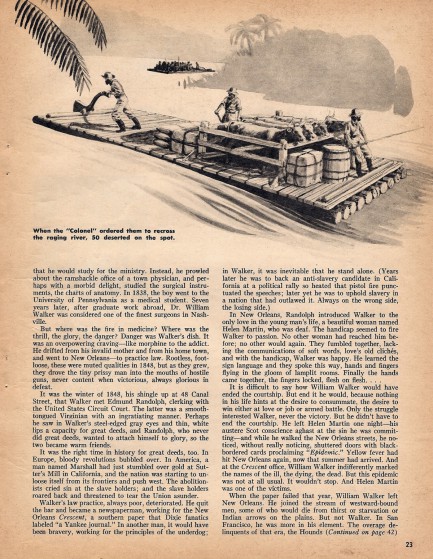
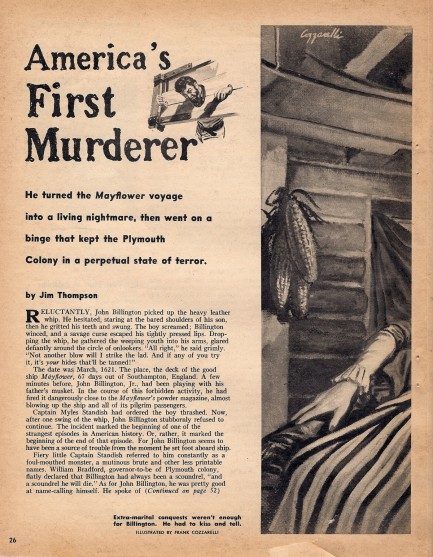

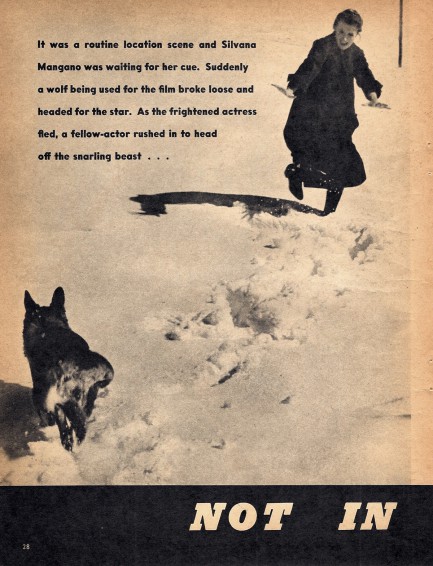
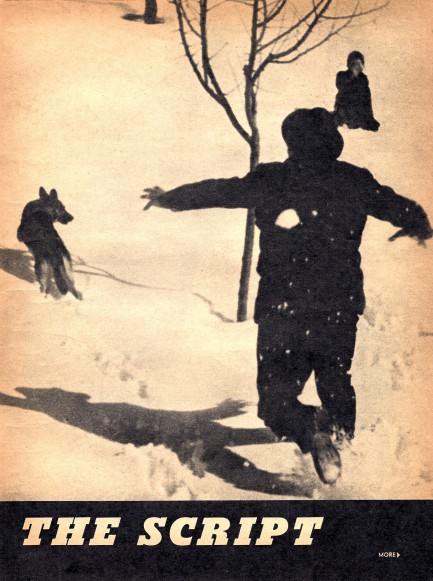
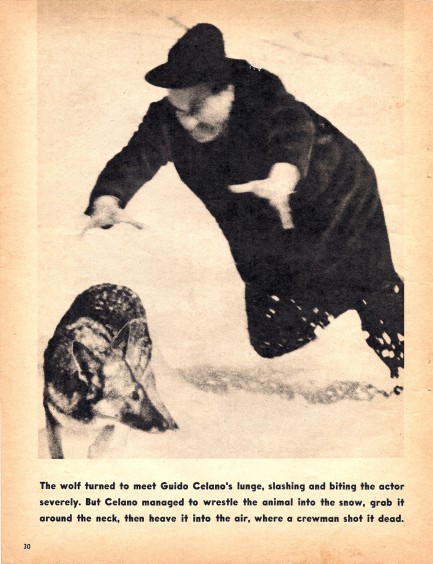
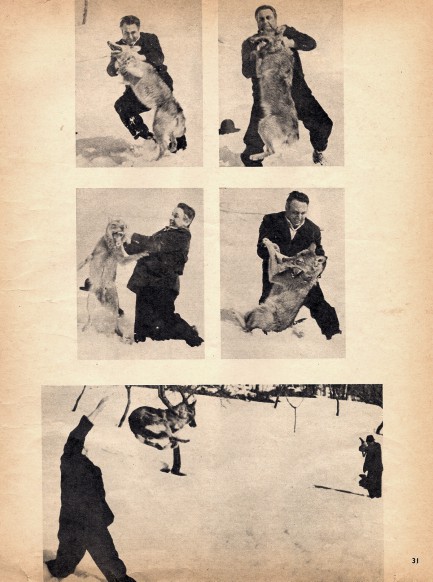
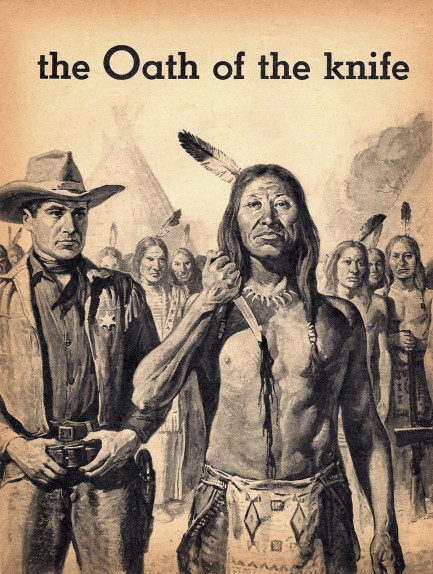
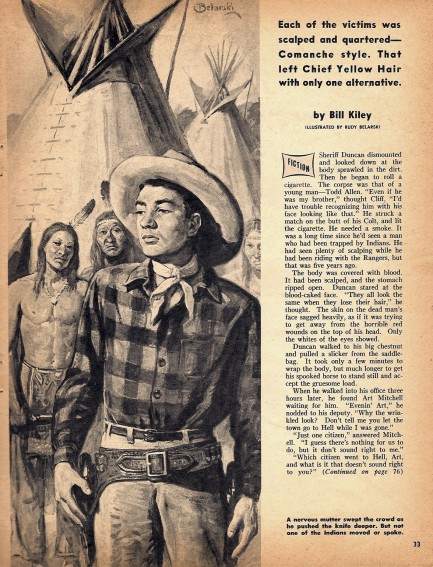
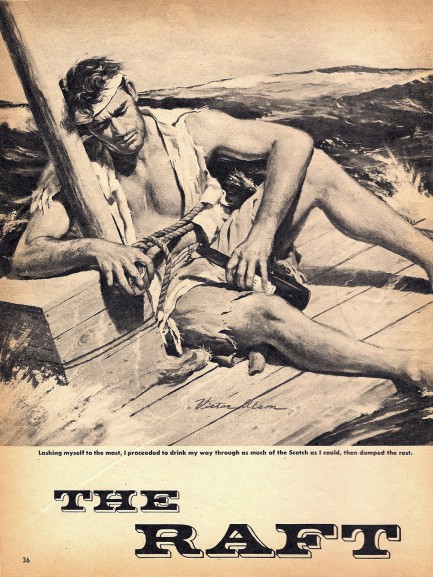
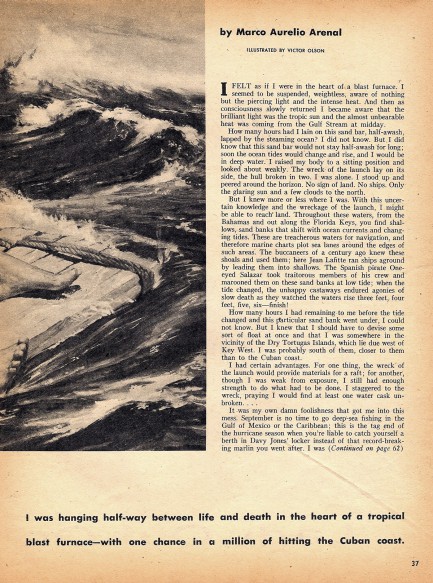
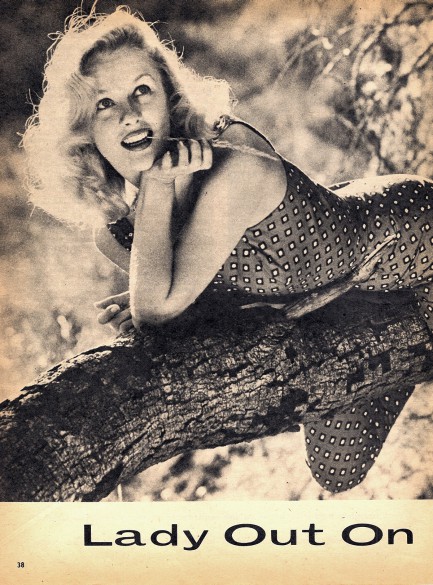
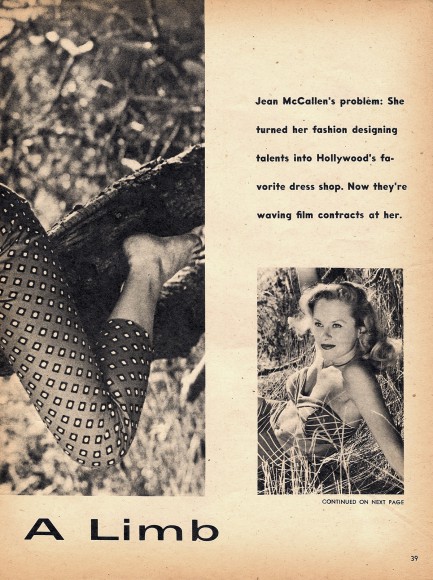
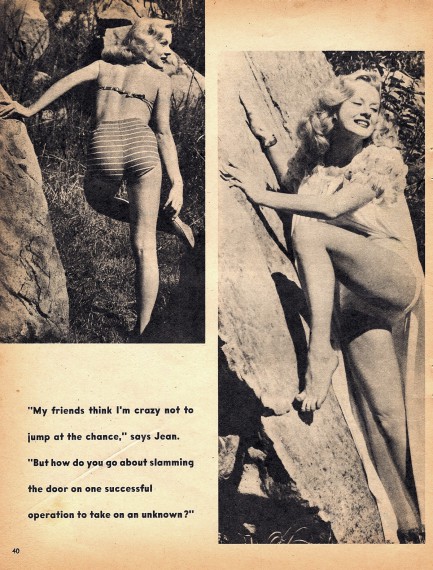
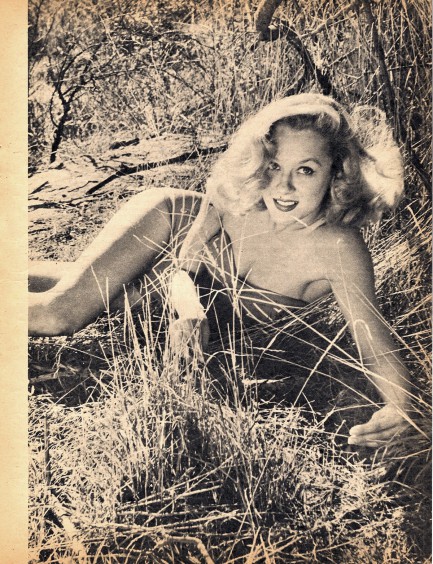
| Vintage Pulp | Sep 20 2013 |

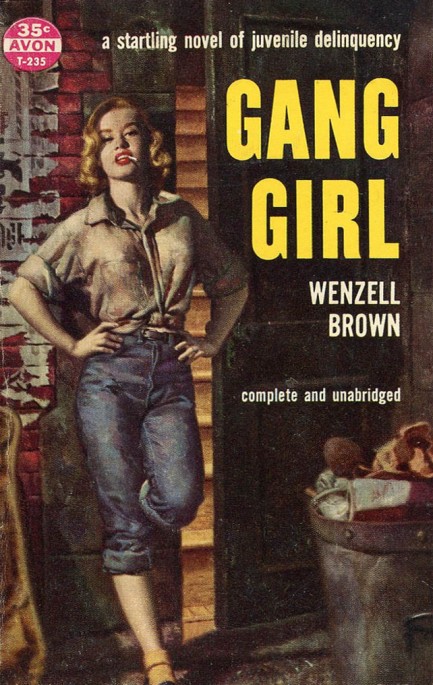
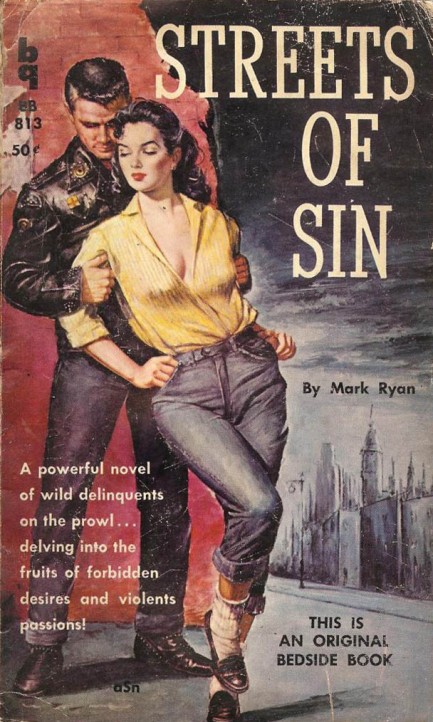
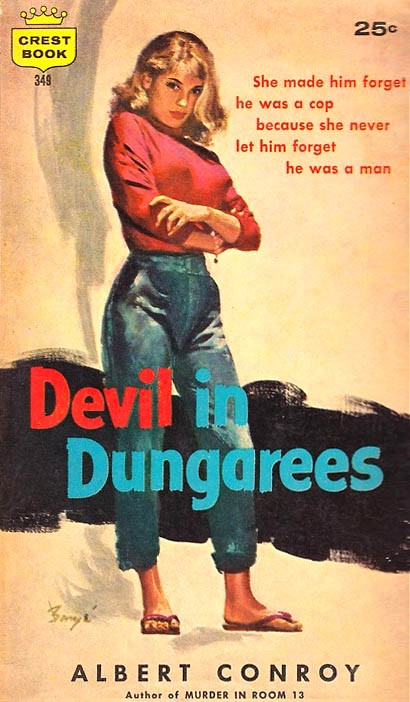
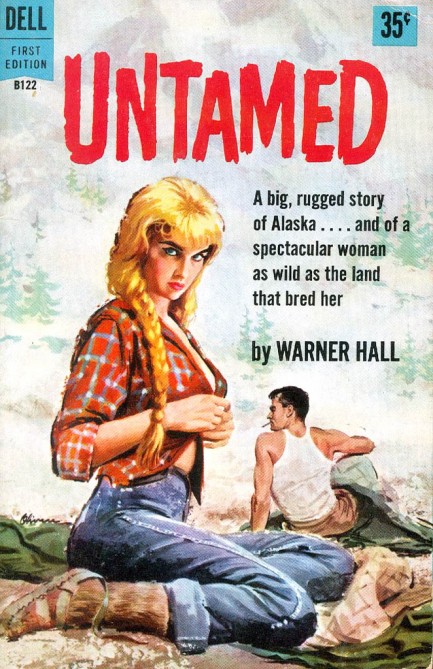
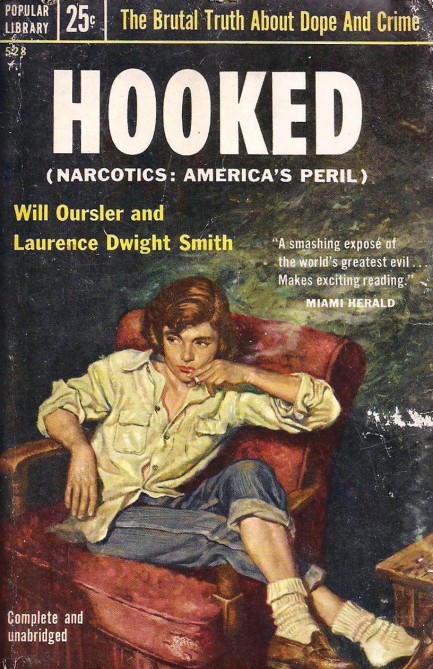
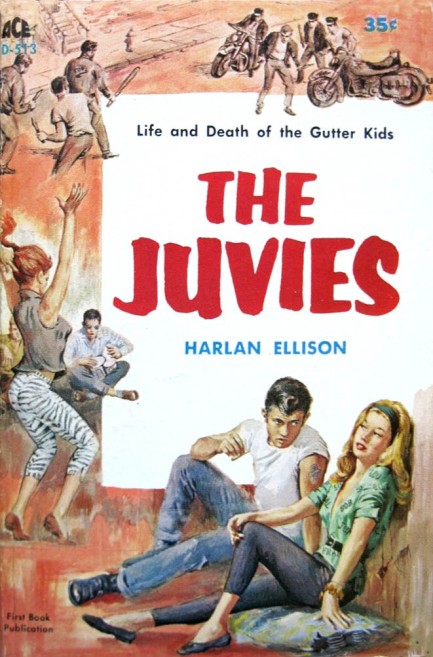
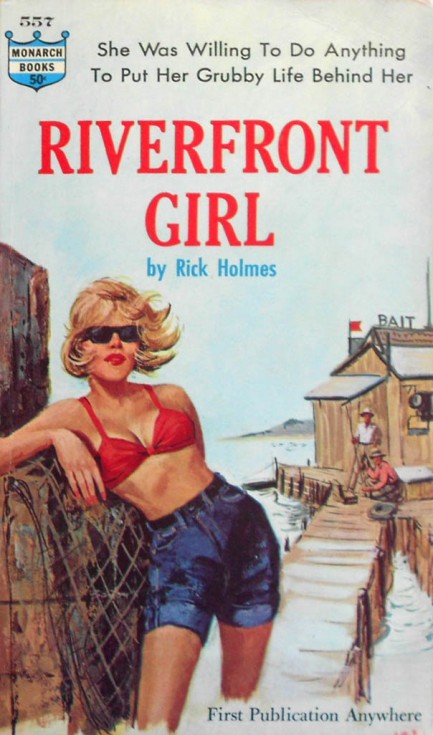
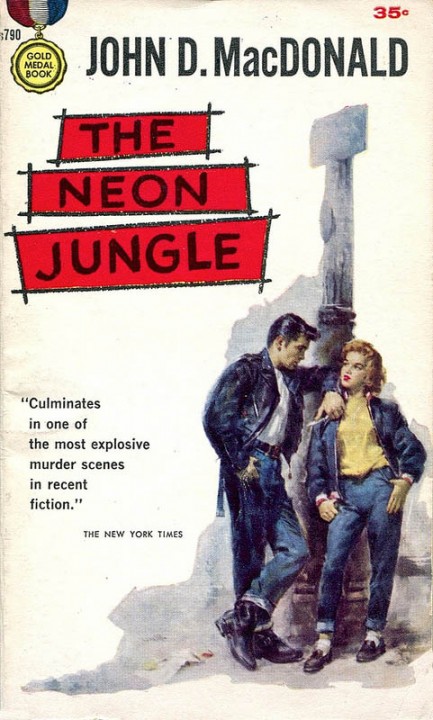
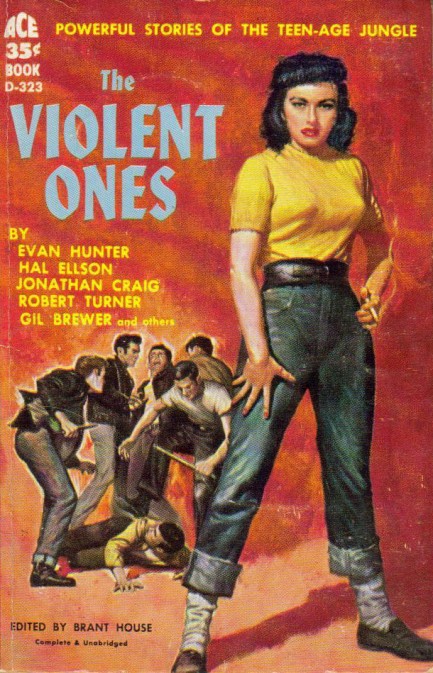
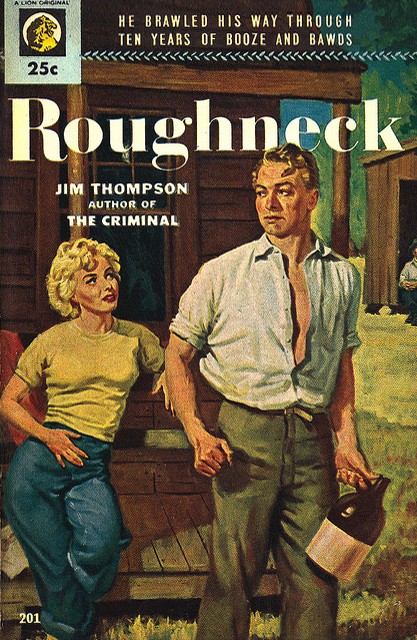
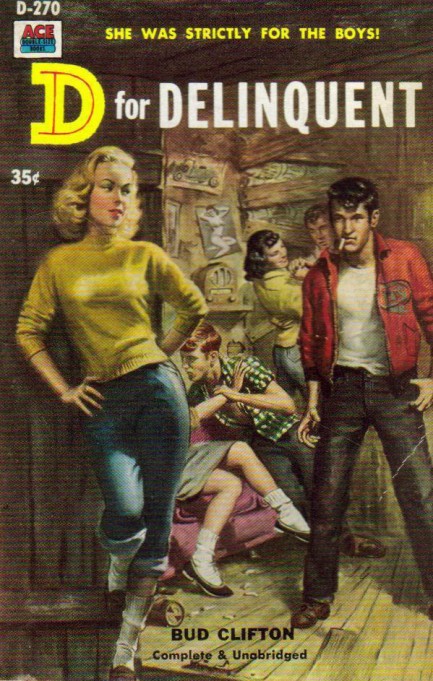
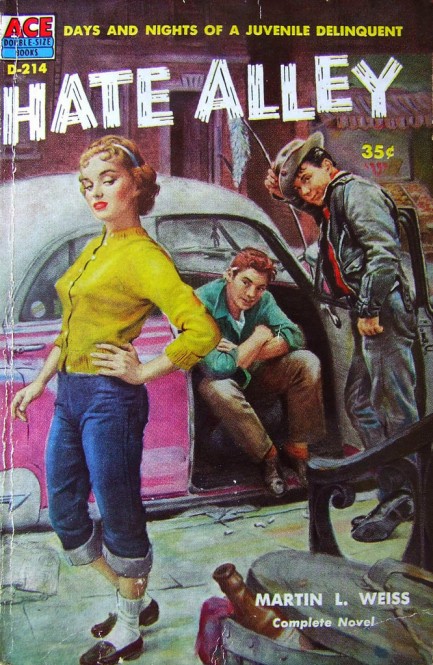
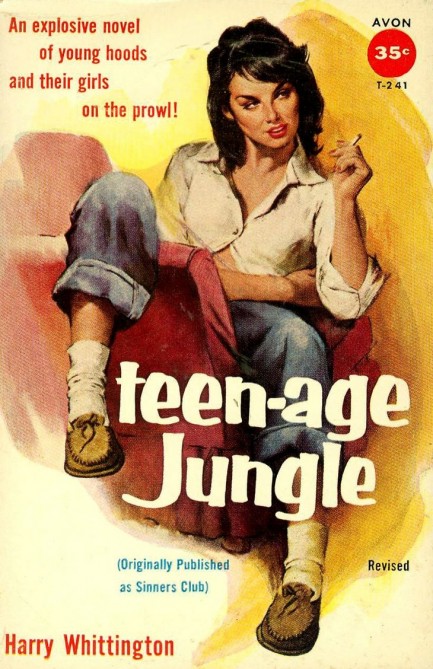
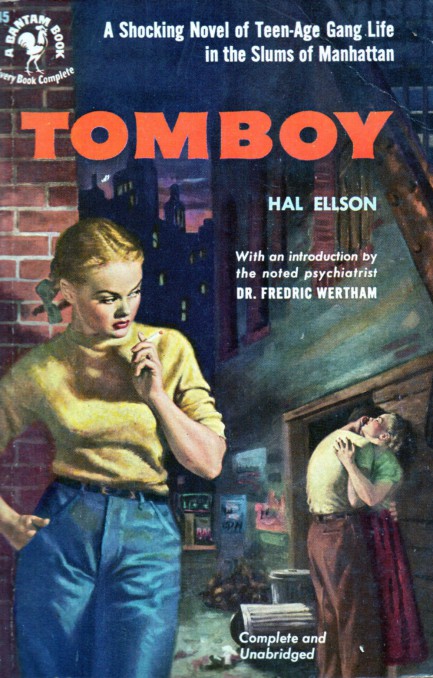
| Vintage Pulp | Mar 19 2011 |

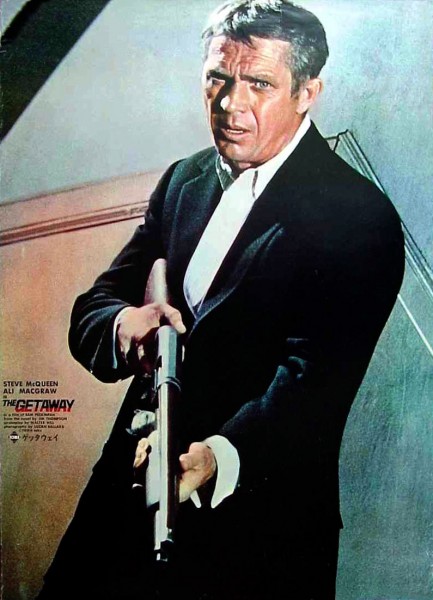
This rare promo piece for Steve McQueen’s 1972 thriller The Getaway was produced for the film’s run in Japan in 1973. Based on a novel by Jim Thompson, co-starring Ali McGraw, directed by Sam Peckinpah, written for the screen by Walter Hill, and scored by Quincy Jones, The Getaway delivers on multiple levels, as does this poster.
| Vintage Pulp | Jul 27 2009 |

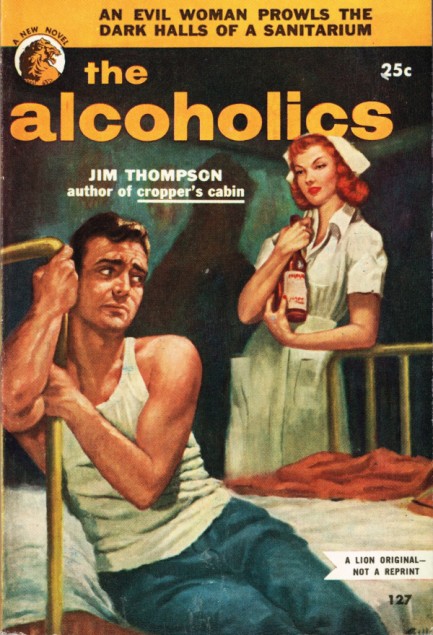
Acclaimed author Jim Thompson was an alcoholic, and his characters were all hard drinkers. The Alcoholics is set in a detox ward called El Healtho run by a doctor facing financial struggles. Keeping the clinic open may mean compromising his ethics; letting it close means abandoning the patients he’s tried so hard to cure. It’s a bit like One Flew Over the Cuckoo’s Nest, complete with black humor, bizarre patients, and a sadistic nurse (nicely depicted in the cover art above). It’s atypical Thompson, but is perhaps a more important read than many of his other works, considering drink eventually hastened his death. If abusing alcohol is truly a type of slow-motion suicide, as some believe, then The Alcoholics is Thompson’s note.





































































